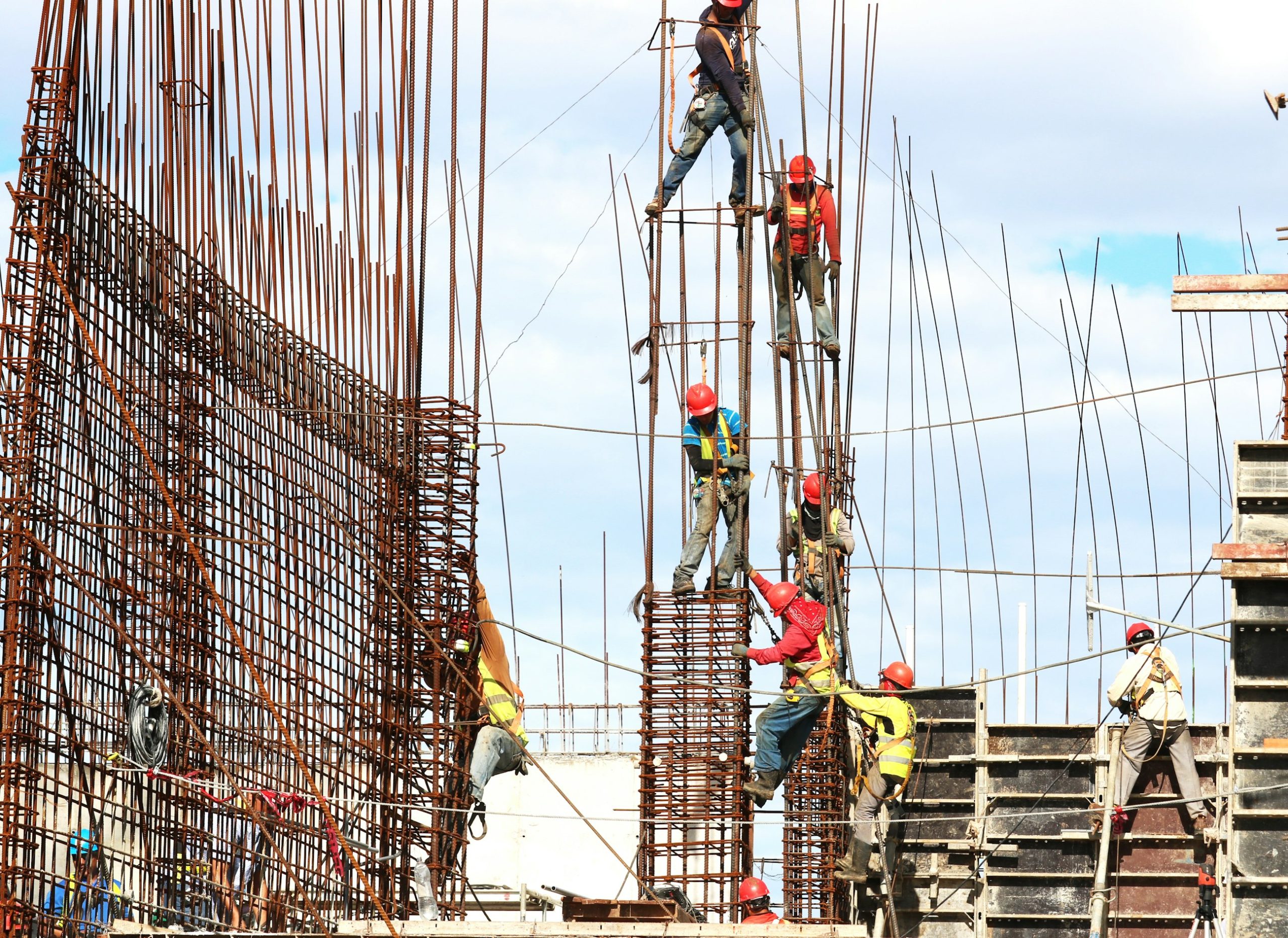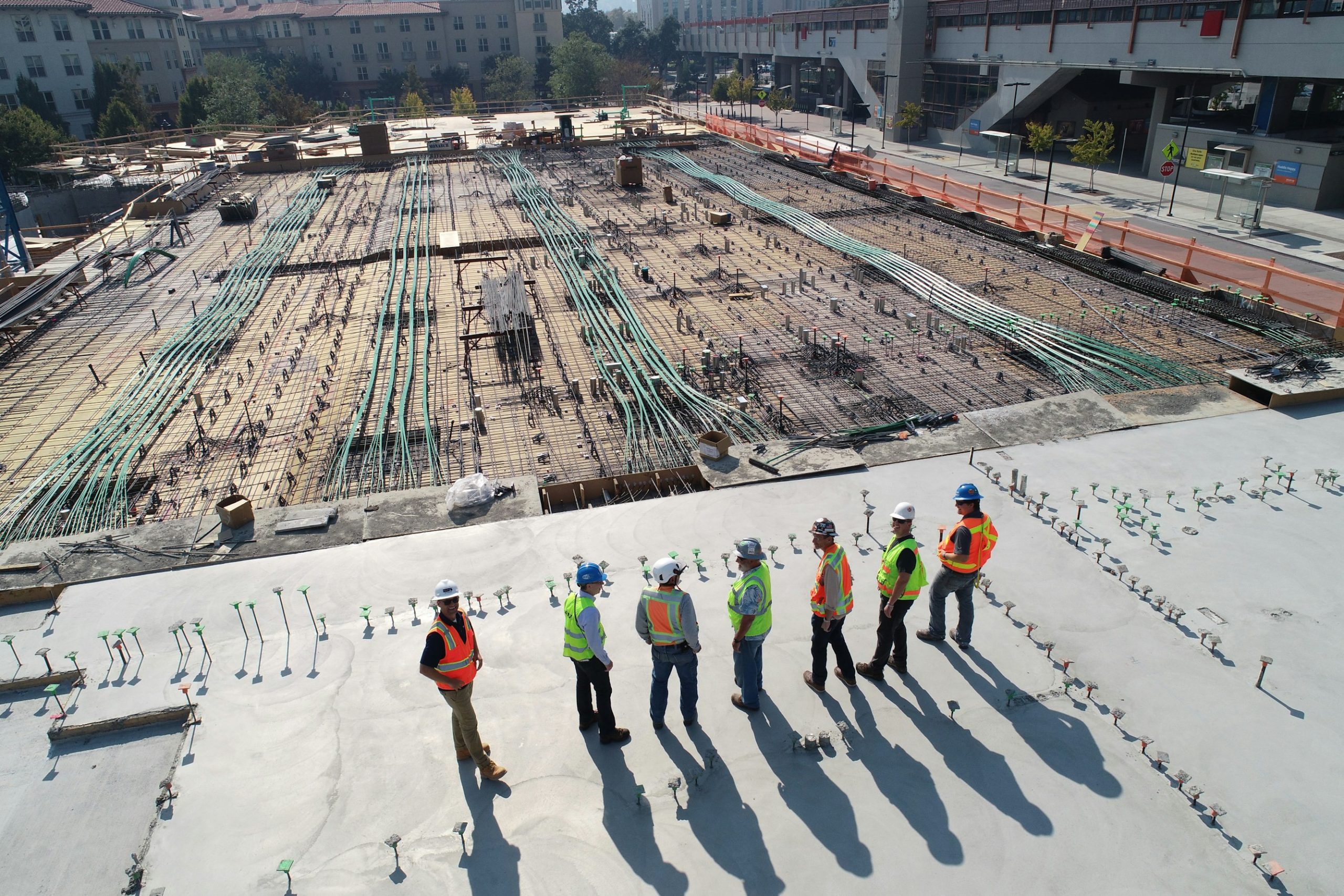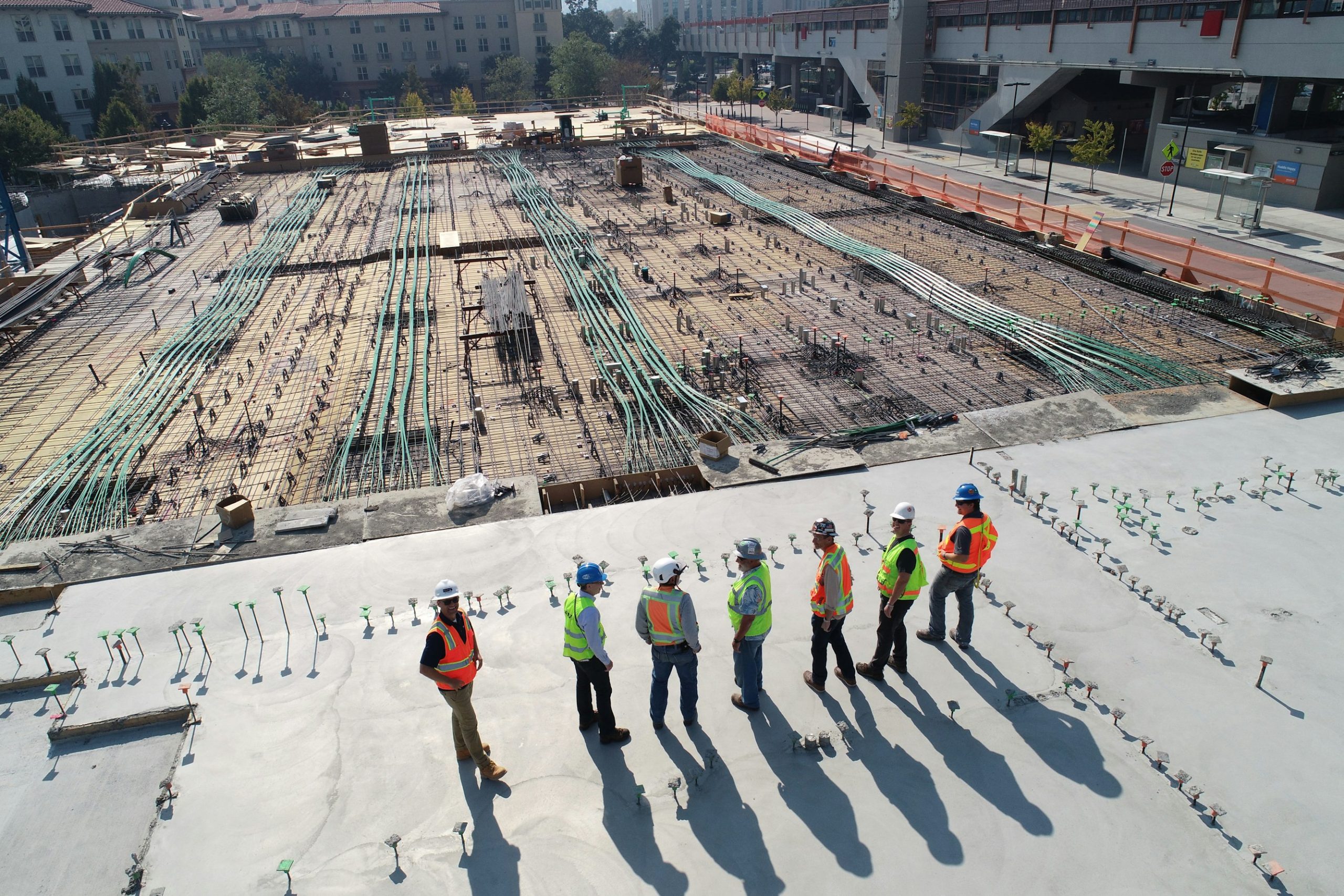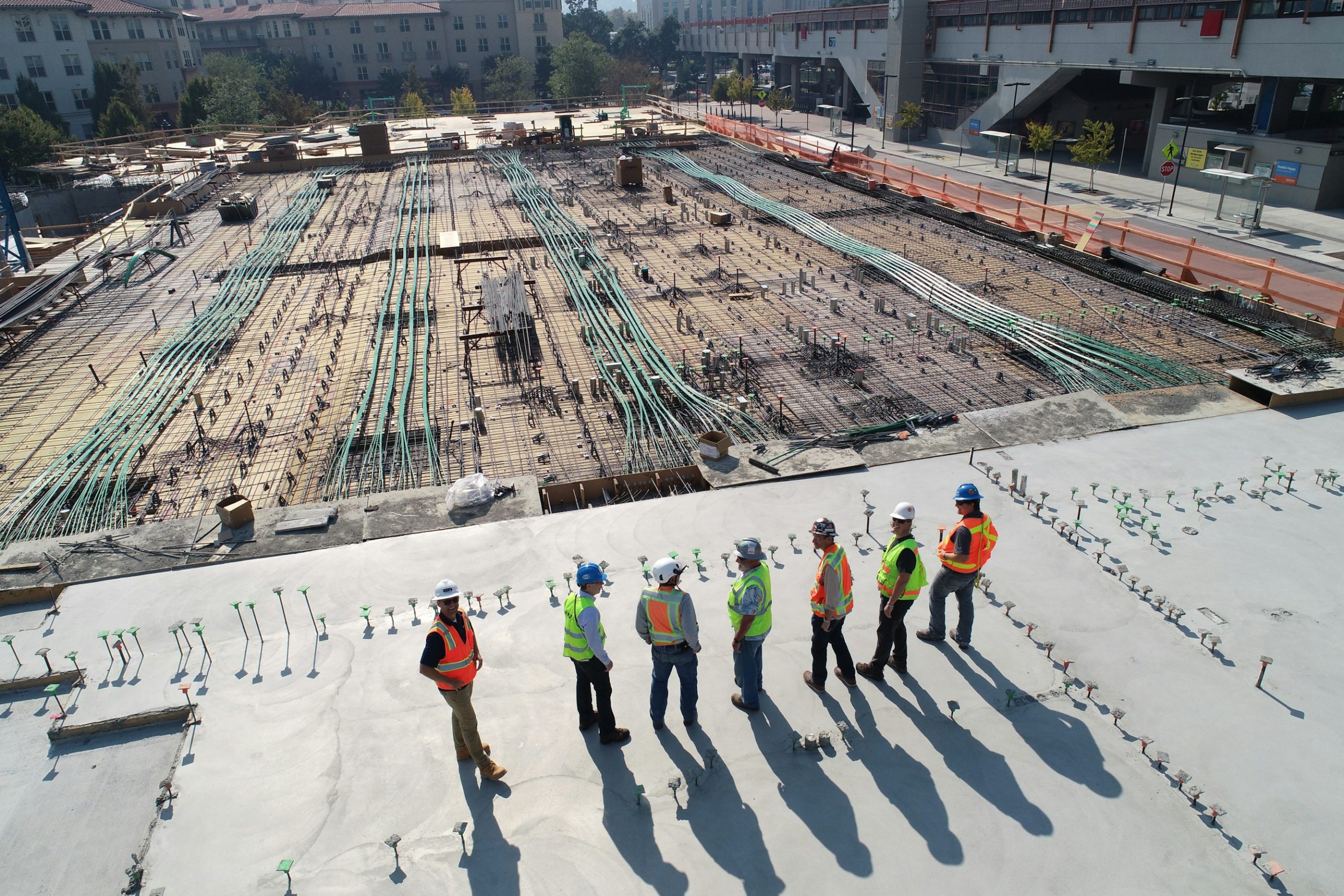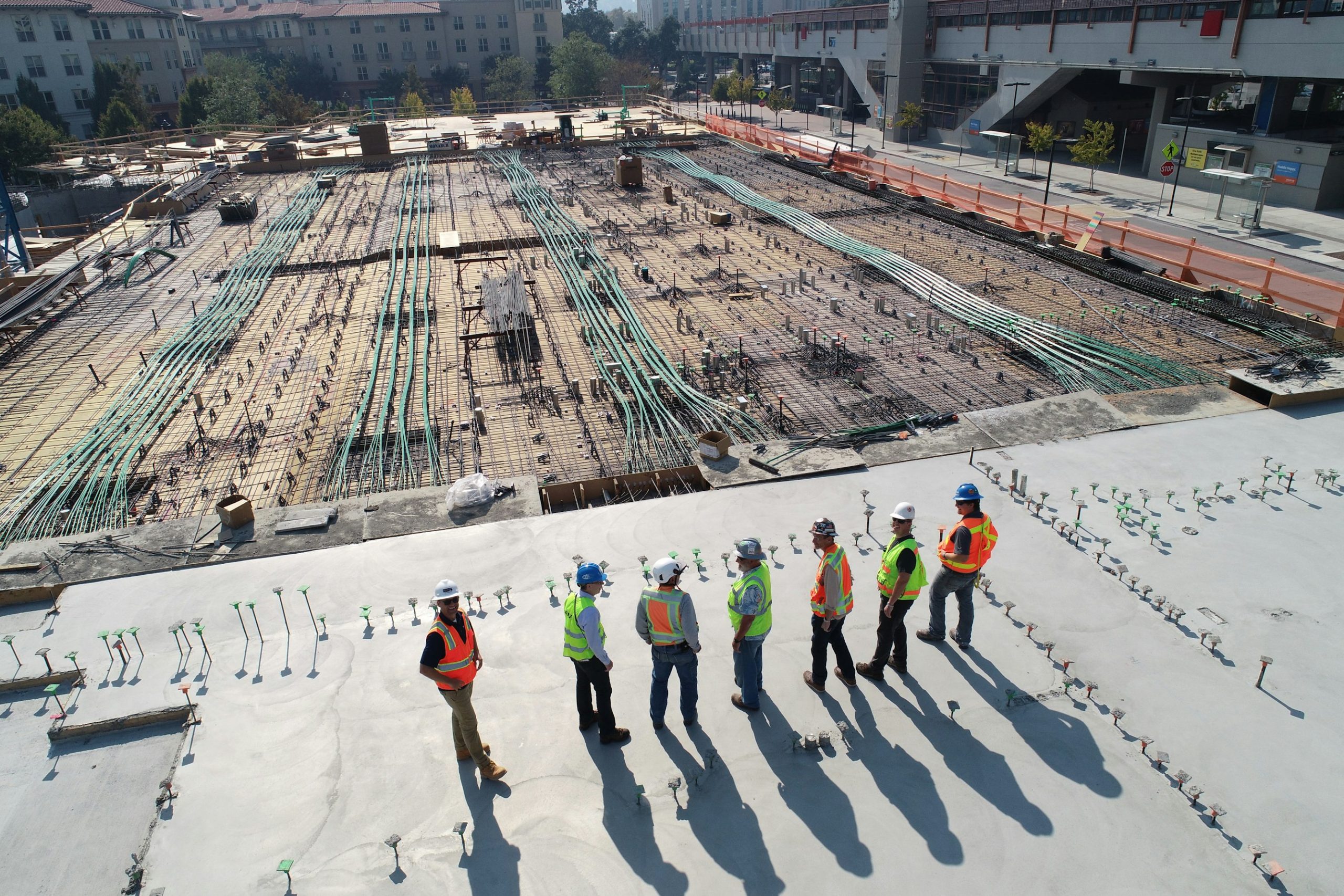Integrating Risk Conversations into Daily Project Updates
Integrating risk conversations into daily project updates is crucial for the success and efficiency of any project, particularly in the dynamic field of construction management. This approach ensures that teams and stakeholders are aware of and prepared to address potential risks proactively, enhancing the project’s resilience against unexpected events.
Understanding Risk Identification and Analysis
Risk management starts with the identification and analysis of potential threats to project success. This stage plays a vital role in shaping the overall risk management strategy.
Risk Identification
Involving team members across all levels in the risk identification process is pivotal. Diverse insights from various stakeholders help recognize challenges that might not be evident to everyone, creating a more comprehensive risk management strategy. Engaging the entire team fosters an inclusive environment that empowers members to contribute their unique perspectives on potential risks.
Risk Analysis
Regular discussions on risks ensure continuous awareness and understanding of potential issues. This proactive approach fosters a culture where identifying, analyzing, and communicating about risks is integral to the team’s daily operations. By embedding these conversations into routine updates, teams can effectively navigate the complexities of construction projects and respond to challenges as they arise.
Best Practices for Effective Risk Discussions
Integrating risk conversations into daily updates requires a structured approach. Here are some best practices to guide your efforts:
Involving the Team
Engage all project stakeholders in the risk identification process to ensure a broad perspective and comprehensive understanding of potential risks. This collective input is essential for accurately assessing both current and emergent risks.
Regular Risk Meetings
Schedule consistent meetings to discuss ongoing risks, update the risk register, and review plans for risk response. This keeps risk management at the forefront of team priorities and cultivates a dedicated focus on mitigation strategies.
Documentation and Communication
Maintain a transparent and well-documented risk register. Clear communication of identified risks and proposed mitigation strategies is vital for alignment among all stakeholders. Documentation serves as a foundation for ongoing assessments and keeps teams connected with their risk management strategies.
Use Cases and Statistics
The integration of risk and quality processes has been shown to be critical for project success in numerous industries. High-risk fields such as finance and healthcare demonstrate significant improvements from early and ongoing risk discussions. Projects practicing structured risk management approaches often avoid cost overruns and delays.
Case Studies
Case studies have shown that sectors with lower risk tolerance benefit greatly from proactive risk conversations. Projects that engaged in consistent discussions about risks demonstrated lower instances of cost overruns and adherence to deadlines.
Statistics
Research indicates that projects integrating risk management into daily updates experience fewer unexpected costs and delays. Strong risk management practices can reduce overall project costs by 20-30%, demonstrating a clear return on investment in risk management strategies.
Tools and Software for Risk Management
Employing effective tools is critical for integrating risk conversations into daily project updates. Utilizing construction project management software can enhance risk management significantly.
With platforms like Zepth, teams can streamline risk management processes. Zepth empowers teams to identify, analyze, and communicate risks effectively. Features like a well-documented risk register and collaborative spaces for all stakeholders ensure that everyone remains engaged in risk discussions. Moreover, tools like ProjectManager can aid in tracking risks, calculating their impact using risk matrices, and informing stakeholders through various project management views.
How Zepth Can Help
Zepth‘s construction project management software is designed to seamlessly integrate risk conversations into daily updates, ensuring continuous awareness and proactive management of potential risks.
Integrated Risk Management
The platform facilitates a collaborative environment by allowing all team members to contribute to risk discussions and decisions. This collective insight enhances the risk management strategy overall.
Documentation and Communication
Zepth enables the maintenance of a transparent and well-documented risk register, ensuring clear communication and alignment among stakeholders. This leads to better coordination and understanding across teams.
Regular Risk Meetings
Zepth’s platform supports scheduling consistent risk meetings, ensuring that risk assessment remains a central focus throughout the project lifecycle. Teams can effectively update the risk register, keeping mitigation at the forefront of their daily operations.
By integrating risk conversations into daily project updates and leveraging tools like Zepth, project teams can significantly improve their risk management capabilities. This leads to better project outcomes and reduced risks of cost overruns and delays, fostering a more resilient approach to construction management.
